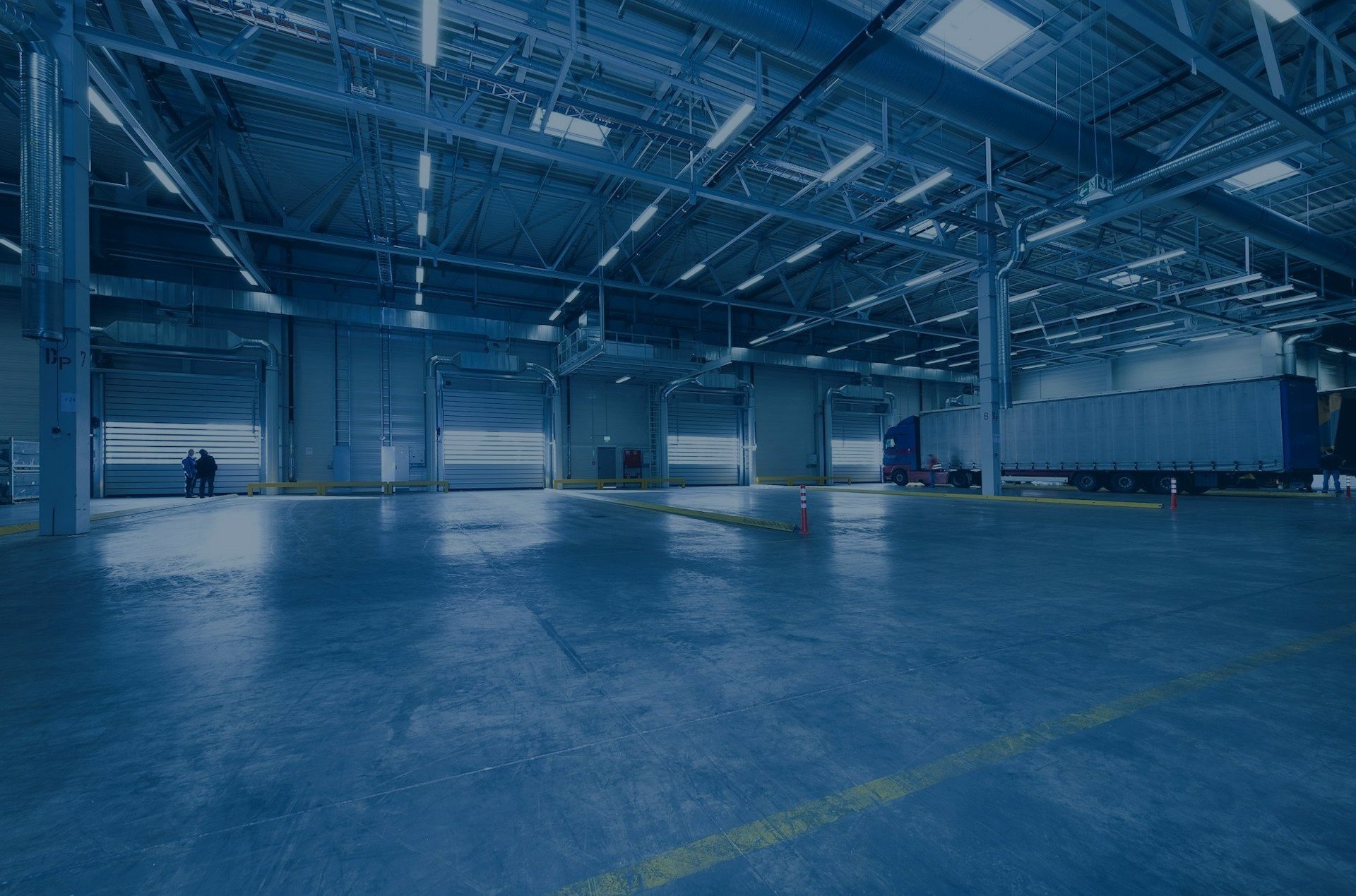
Architecture, Engineering, and Construction (AEC)
The Architecture, Engineering, and Construction (AEC) industry faces unprecedented challenges in an era of more frequent heatwaves and rapid urban population growth. The pressure to integrate cooling into infrastructure amidst increasing material costs and regulatory requirements drives the need for groundbreaking approaches.
Increasing heat waves pose a significant threat to the durability and functionality of urban infrastructure: as temperatures rise, materials such as concrete, asphalt, and steel expand and contract more frequently, leading to accelerated wear and tear, cracks, and other forms of structural degradation.
Higher temperatures also directly contribute to an increase in energy consumption, as more people rely on air conditioning to maintain livable and comfortable indoor environments. This is particularly problematic in regions experiencing extreme heat, where the reliance on low-efficiency air conditioning systems is the only option. Surges in energy demand put a strain on electrical grids, leading to higher utility costs and increased greenhouse gas (GHG) emissions.
Warehouses
Excessive heat in warehouses affects the comfort and safety of workers and the integrity of warehouse products. It also increases energy costs and GHG emissions associated with cooling. Prolonged exposure to high temperatures can cause materials to deteriorate faster, compromising the structural integrity of buildings and internal machinery. This is a critical concern for warehouses, which often lack adequate insulation and are exposed to harsh environmental conditions. Unlike new construction projects where cooling solutions can be seamlessly integrated by design, retrofitting existing warehouse infrastructure that relies on energy-intensive air conditioning systems is complex, expensive, and time-consuming.
Urban Housing
Urban housing faces unique challenges driven by the imperative to create livable environments in densely populated areas. Due to the lack of air conditioning systems and adequate insulation, urban housing often suffers from high indoor temperatures, especially during summer months, exacerbated by the urban heat island effect. This can lead to discomfort, poor sleep quality, and health issues, particularly for vulnerable populations such as the elderly, children, and those with pre-existing health conditions.
Data Centres
As global temperatures increase, cooling systems in data centres must work harder to maintain optimal performance of sensitive electronic equipment. Excessive heat increases the risk of hardware failures, server malfunction, unexpected downtime, and data loss, and generates additional maintenance and replacement costs. Prolonged exposure to elevated temperatures can shorten the lifespan of components and affect equipment warranties, further compounding financial burdens.
At Pirta, we understand the issues faced by the AEC industry. Our innovative passive cooling technologies are designed to reduce internal temperatures by reflecting solar radiation and releasing surface heat, providing tangible benefits across various building projects and ensuring the safety and integrity of people, products, and infrastructure. By incorporating Pirta's passive cooling technologies, warehouses and urban housing developments can become more sustainable, livable, and resilient to the impacts of rising temperatures and climate change.
Schools
Only 40% of American schools have any kind of cooling system. Classes were canceled in the Philippines this year due to the dangers of excessive heat. Many areas of the world are facing temperatures never before seen during the school year and the infrastructure is often ill equipped to keep temperatures tolerable. Extreme heat in schools seriously affects the well-being of students and teachers by slowing down the brain's cognitive functions and reducing the students' ability to retain and process information, leading to impaired learning, lower academic performance, and higher absenteeism. Rebuilding schools or installing air-conditioning units are not possible for many areas.

“With our habitable areas becoming increasingly uninhabitable, now is the time to re-evaluate the design of our urban spaces.”
— Howard Atkin
Follow our Journey
Sign up with your email address to receive news and updates.




